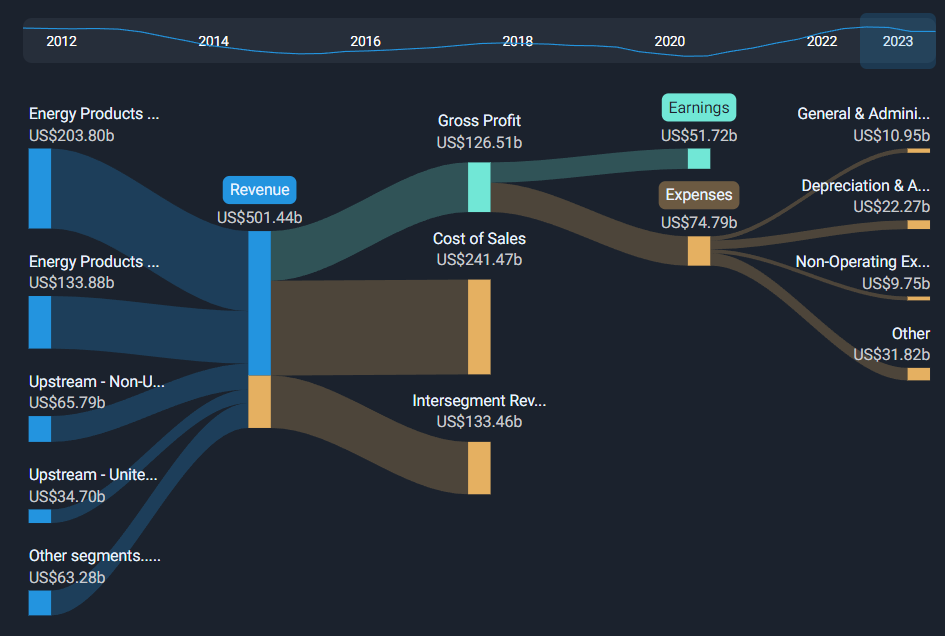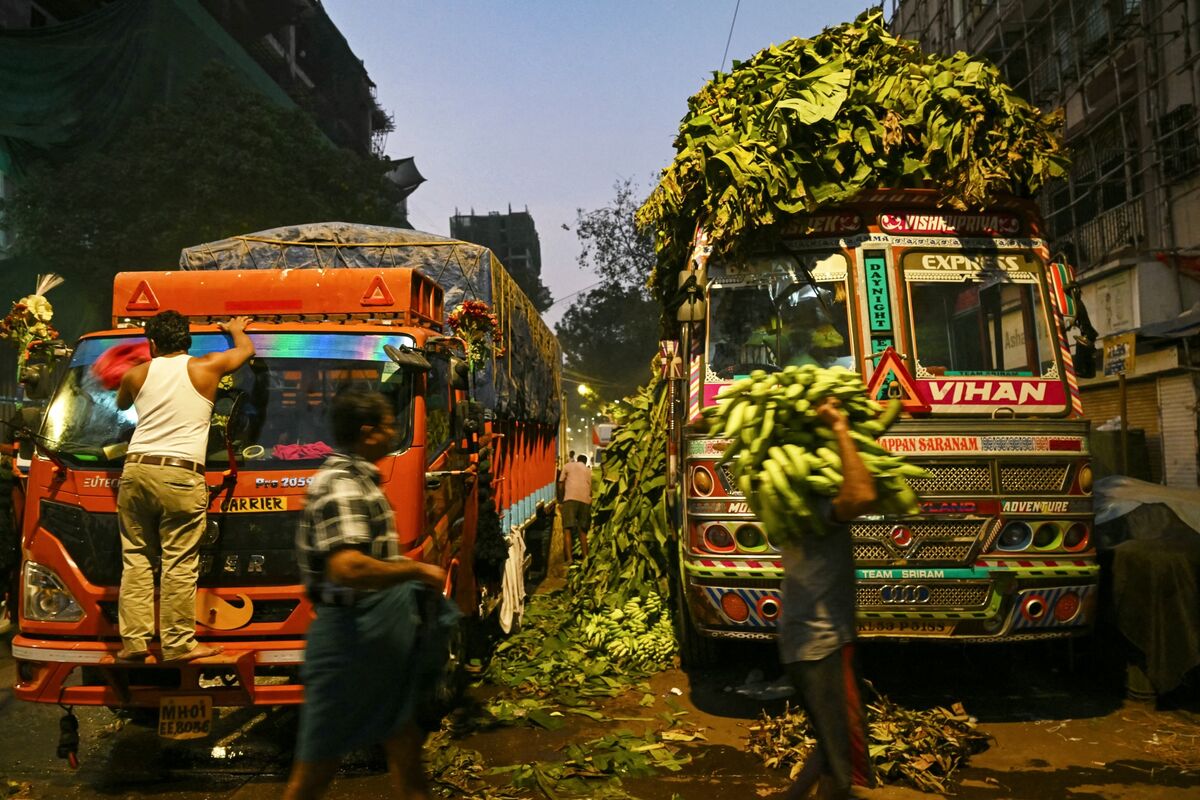Chaos Erupts: Nepal's Top Official Ambushed in Shocking Street Confrontation

Political tensions in Nepal reached a boiling point as Finance Minister Bishnu Paudel found himself at the center of a volatile situation amid widespread protests led by passionate Gen Z activists. The unrest took a dramatic turn, with demonstrators strategically targeting the residences of high-profile political figures, including President Ram Chandra Poudel, former Prime Minister KP Sharma Oli, and other prominent politicians.
The escalating protests reflect deep-seated frustrations among young Nepalese citizens, who are demanding significant political reforms and challenging the established power structures. The attack on Minister Paudel symbolizes the growing tension between the younger generation and the traditional political elite, highlighting a critical moment of political transformation in the country.
As the protests continue to unfold, the government faces mounting pressure to address the underlying concerns driving these demonstrations, with the potential for further social and political upheaval looming on the horizon.








